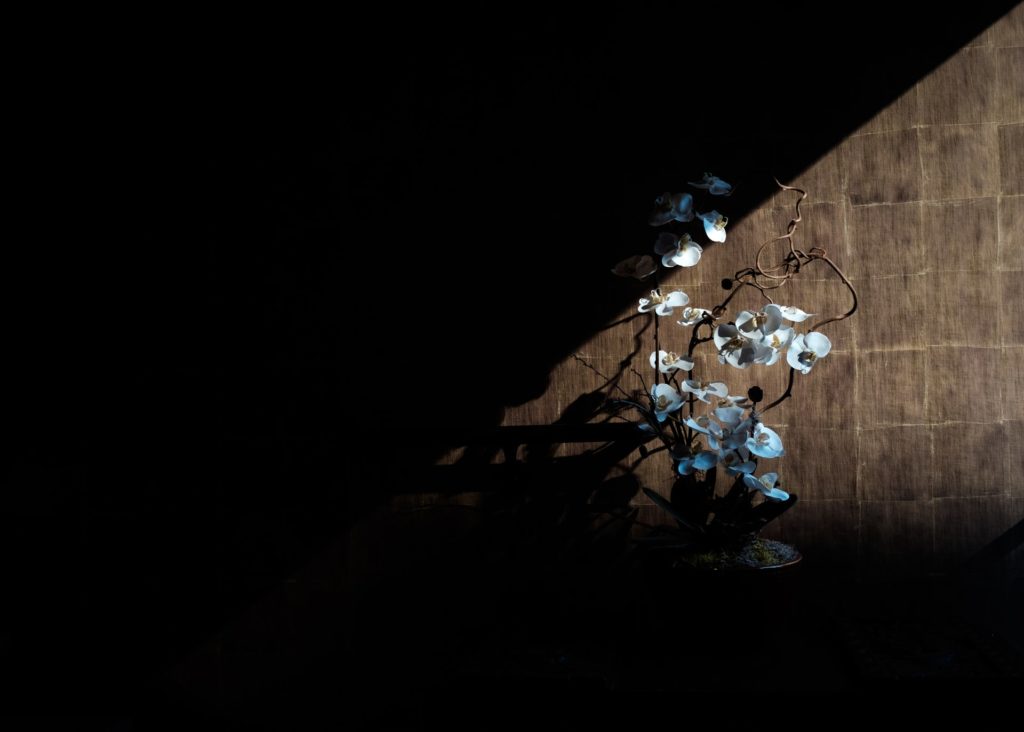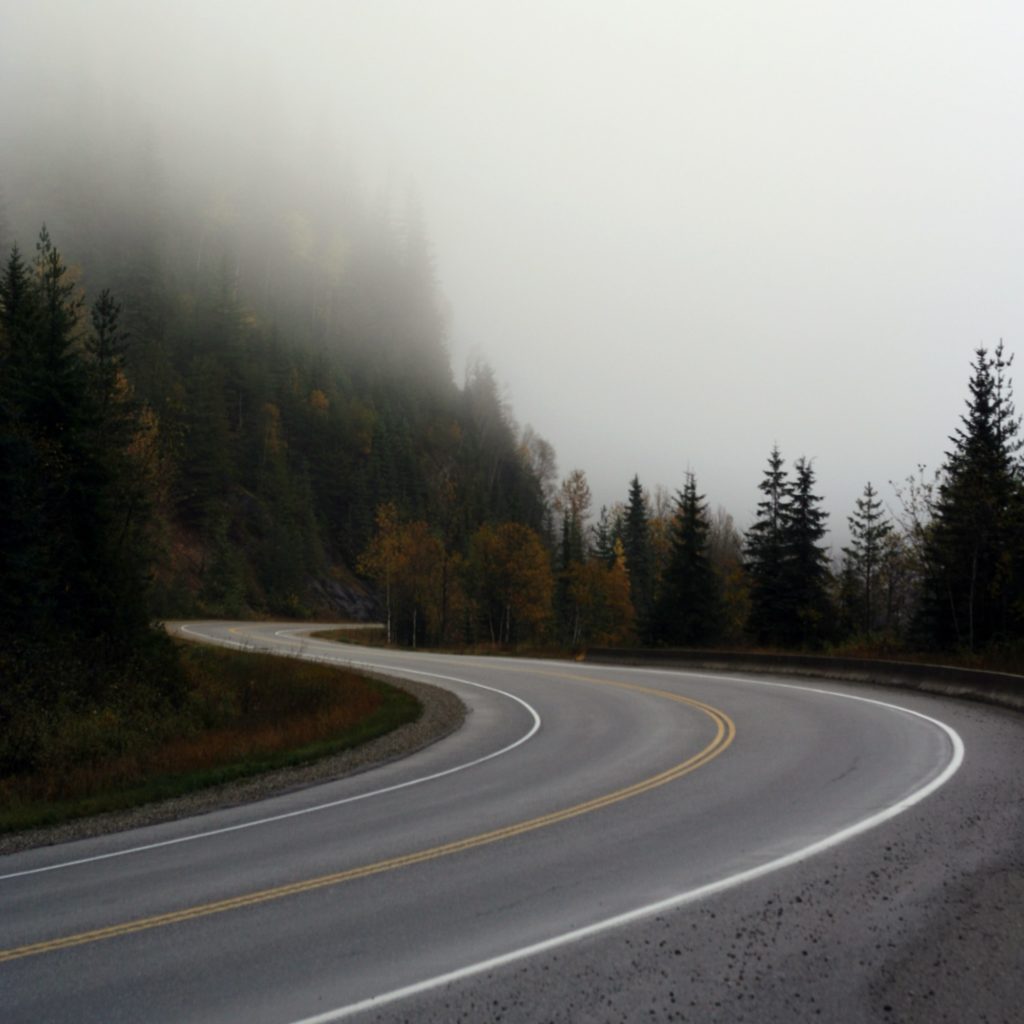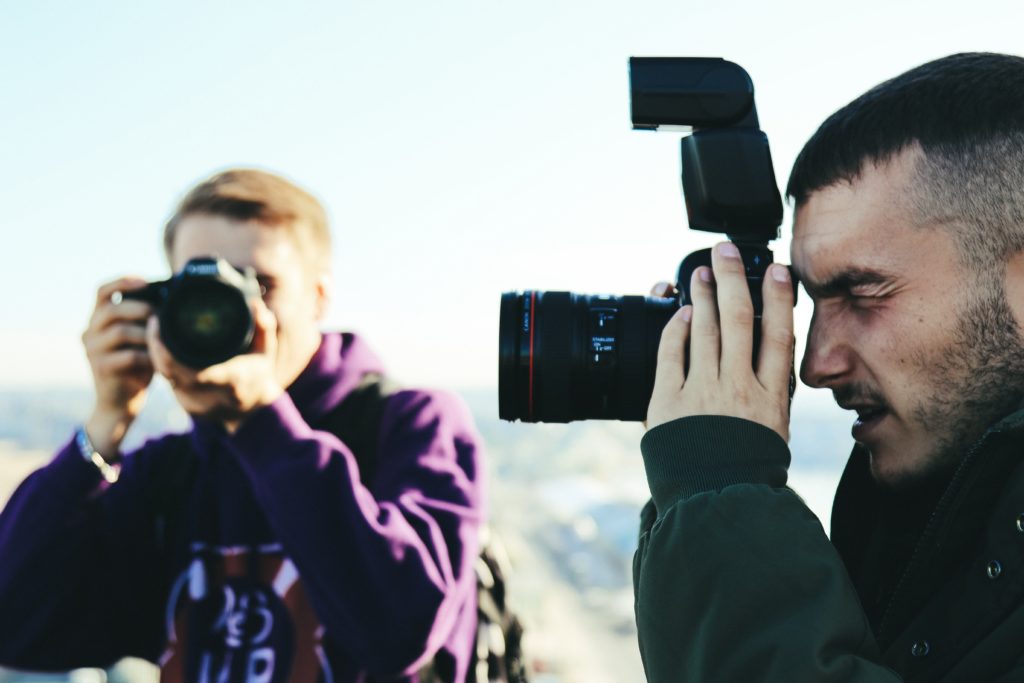Whilst we may be “painting with light” an equally important part of the photographic equation is light’s opposite, shadows. We often talk about good light, but in reality there is no good light without good shade. Today we are going to take a look at how to use shadows to improve your composition.

Depth and Perpective
One of the most powerful ways that shadows enhance our images is by providing depth and perspective. Take a landscape of rolling hills in the midday sun and that shot will look flat and two dimensional. Come early in the day or later in the afternoon and the low sun will be casting shadows across those hills. Our eyes see in three dimensions but that is really only effective when the object is relatively close. When we are looking at distant subjects, it is the way the light falls on the scene that tells our brains that the view is three dimensional. If there is no depth to a scene we can also lose the sense of perspective in that scene.
When shooting, look at the way the light and shade interacts with the scene and look for compositions that enhance the depth of subject. Try to expose to keep some details in the shadows, losing all shadow detail can remove the feeling of depth from a shot.
Texture
Whether you are concentrating on a close up object or using texture as part of a greater image, the fact is that texture is enhanced by shadows. Low light passing across the texture, be it rust or brickwork will cause the tiny bumps of that texture to cast shadows. That in turn gives depth and feeling to the texture, a sense of realism. If the ambient light is not playing ball, you can alway use a flash gun to shoot light low across your texture and give it the depth it needs. Texture can work well in both color and black and white. Low golden light can give an ethereal look to a texture whilst black and white can add even more depth to it.
Leading Lines
Shadows are a great way of leading your eye to the image’s subject matter. Because they are naturally occurring they can look out of place in a shot yet if used well in a composition can subtly lead viewers eye through the shot and onto the subject. You can use a single shadow or multiple shadows to lead the eye on a journey. Often leading lines work well in harsh light, where you get a deep black, well defined lines that concentrate the eye towards the light part of the image.
Framing
Another powerful way to use shadows is as a framing device. You can use the shadow of a tree trunk for example as the bottom frame for a distant subject. They work in a similar way to leading lines but rather then leading the eye to the subject they are used to prevent the eye from leaving a particular area of the composition. Careful choice of exposure can allow shadows to create a soft or gradual frame around your subject. In a studio environment a classic example of shadow framing would be to create shadows across the model’s face but leaving their eyes in the light. This naturally draws the viewer directly to the eyes.
Mood and Drama
Shadows are great way to convert mood and drama in a shot. The low setting sun casting the shadows of cars, buildings and people give us a sense of being there. By exposing the image to keep the shadows dark but with a hint of detail, we are teasing the viewer with what might be in that shadow. The shadows of storm clouds on a landscape can set a mood of impeding doom or by carefully lighting a model’s face so that shadows cover much of it we can hint at intrigue.
Shade and shadows are as important to good composition as the light itself. Next time you are shooting look at how the light interacts with your subject but more importantly look at how it casts shadows, and the effect those shadows have on the subject. Move around and see how the shadows seem to change the appearance of your subject.




